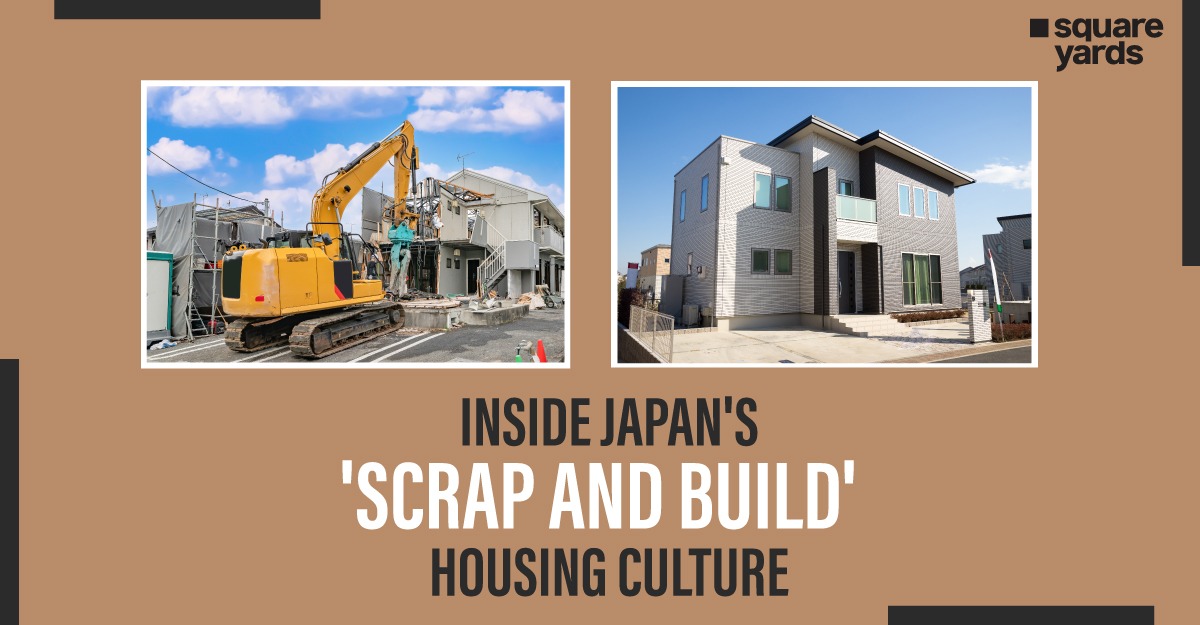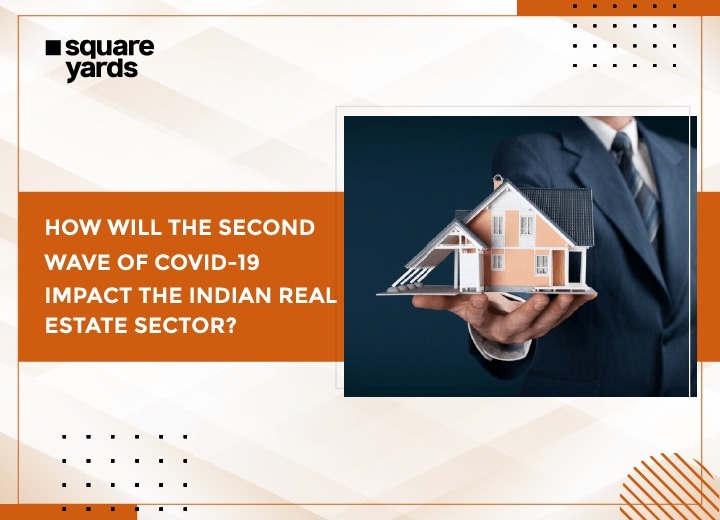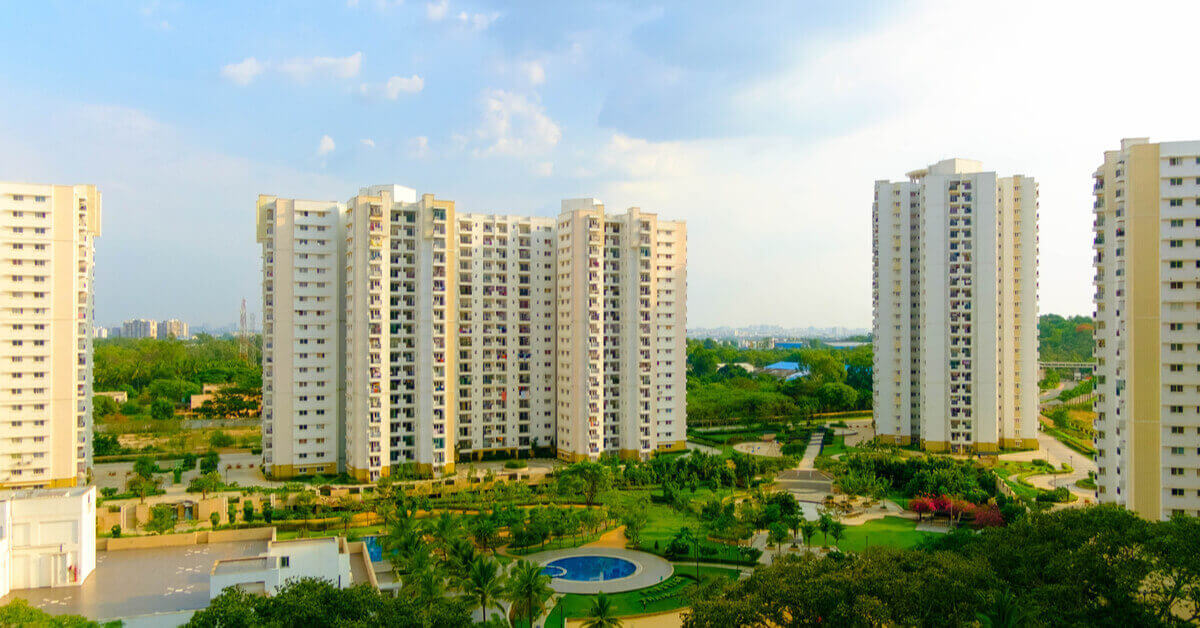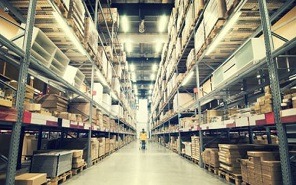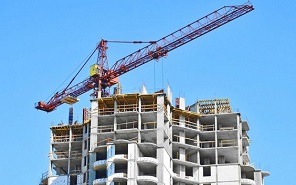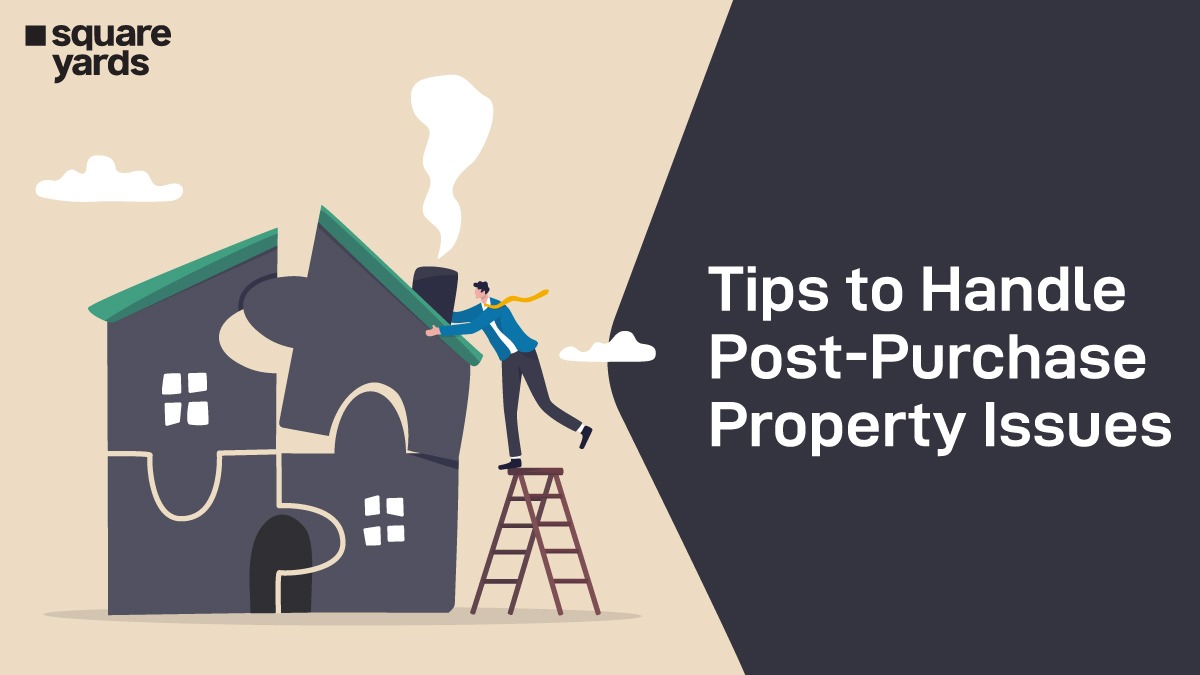Home is where the heart is
In Japan, it’s only for 30 years…
Much like the cherry blossoms (or Sakura) in the spring, houses in Japan have a limited window to exist. Just the way flowers fall once their beauty peaks after about two weeks; similarly, when the houses reach a certain age, they are razed and rebuilt in Japan.
Unlike the West, where old homes are celebrated for their history and newly built ones are considered a show, this ideology is starkly different in Japan. Buyers here prefer newly built homes over older buildings. More so, the shelf life of houses in Japan is set at 22 years by the government. This means any house ageing more than that is deemed fit for the scrap heap.
Curious enough? Then, let’s dive deeper into Japan’s housing scenario, to understand it better.
Table of contents
A House Can Expire Too!
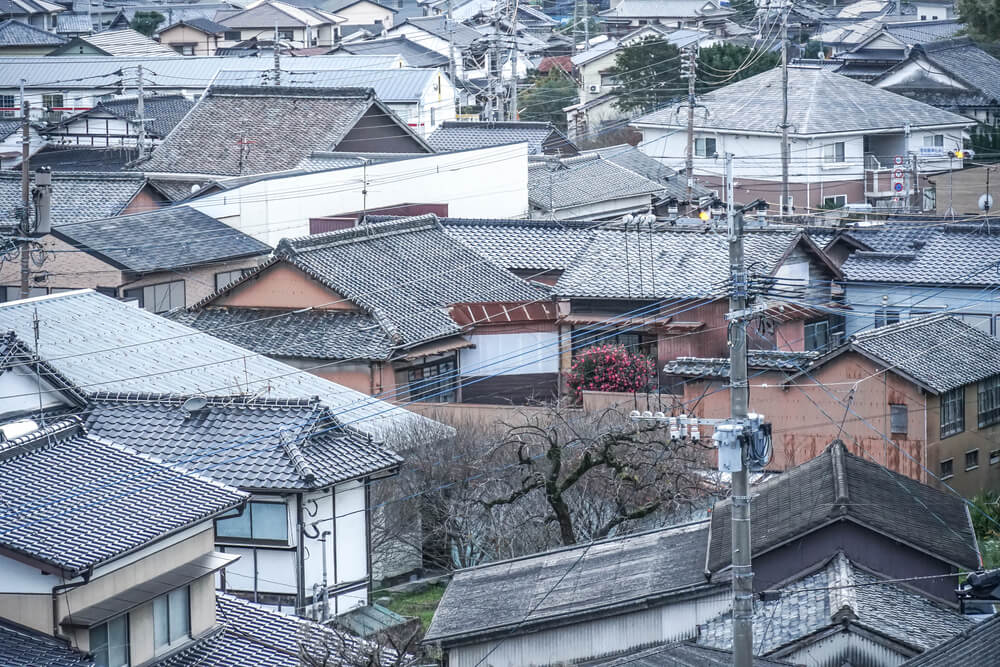
The Japanese consider a house’s lifecycle equivalent to that of a human being. The comparison in efficacy is drawn between the life expectancy of those born a century ago to those born today. For instance, if you were born in the early 1900s, you were expected to live to about 50-60 years, whereas babies born today can live up to 80 years or more.
This is probably why Japanese houses lose value after 20-30 years. Here we are specifically referring to the houses and not the land they are built on.
The shelf life of new-built houses is a lot higher than those ageing 20 or more years. Following the same theory, people in Japan believe that houses built today would last a good 60 or 70 years.
But, Is Age the Only Factor?
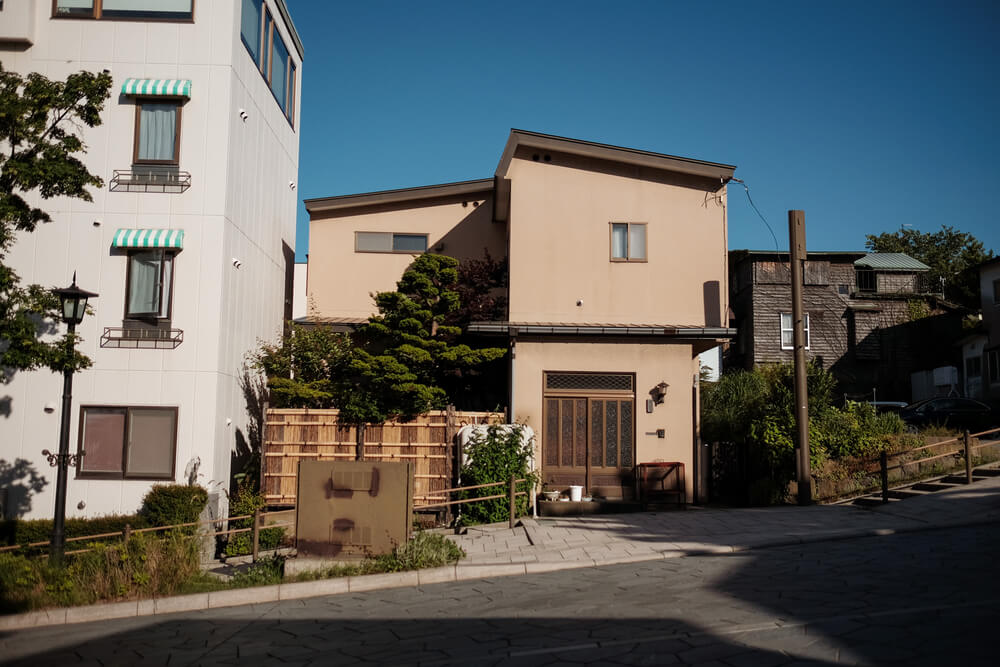
Houses, as they grow old, lose their value in Japan. Not just that, there are more reasons why the Japanese believe that rebuilding houses is essential.
Mould
Since most houses in Japan are built using wood, mould is a huge problem. With adverse mould conditions, the older a house gets, the more mould problems it will have to cope with. Rather than dealing with this, the Japanese prefer having their houses rebuilt.
Love for Cleanliness
Most people follow Shintoism teachings, which associate cleanliness with god. Naturally, they follow the same belief in their houses. Since older houses suffer from significant mould, dust and fungi accumulation, people in Japan are more inclined to new constructions than sustain the older ones.
Natural Disasters
Japan is located in the Pacific earthquake belt, making it more prone to some of the disastrous tsunamis and earthquakes in the world. While new houses are built using the latest disaster-proof strategies, the older ones aren’t, thereby reducing the demand for the latter.
Now that we know some of the reasons why Japanese houses have not lasted that long compared to those built in other countries; let’s also look at deeper reasons by studying the country’s history briefly.
A Peek at the History
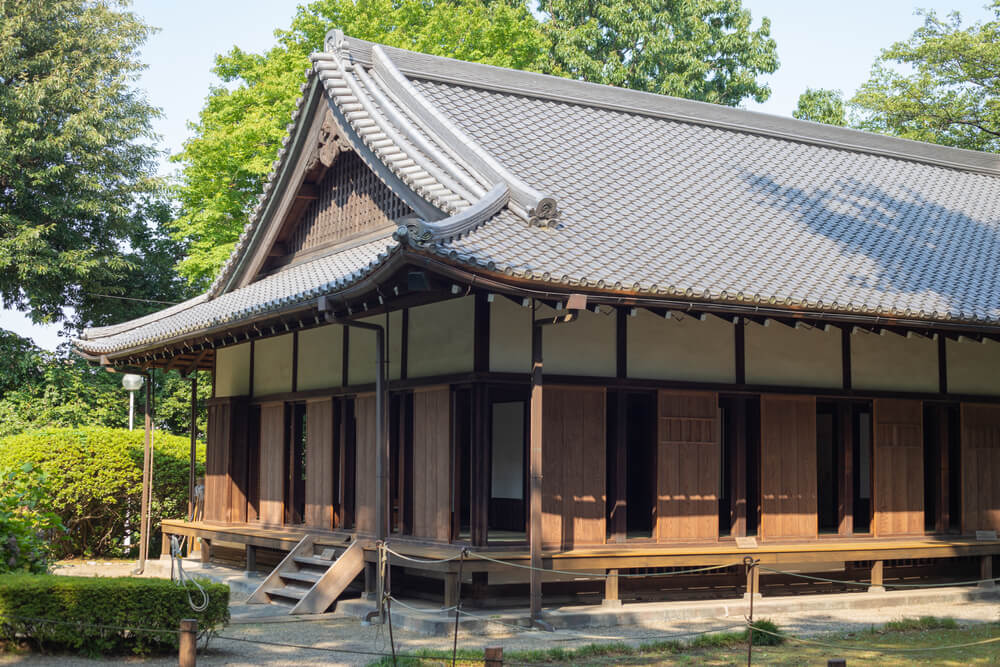
Japan witnessed immense destruction amid and after the Second World War. During the 1960s, when the country faced a housing shortage, it started rebuilding quickly, not giving much importance to quality.
Over the years, the Japanese experimented with different building strategies and wood types. For example, they realised that Cryptomeria and Cypress, Teak, White Oak and Cedar help prevent mould and rot. Hence, they started using those for building houses.
Then in 1981, following a massive tremor of 7.4 magnitudes, earthquake standards became more stringent in Japan. This meant that any houses built before the new earthquake codes were not as valued as those built after the earthquake. While old codes were meant to stand up to a tremor of 5, the new building code revised it to withstand tremors of 6 and more.
The new code kept undergoing revisions for wooden houses. Every few decades or so in the 1900s, some major event occurred that necessitated rebuilding the housing stock.
Given the wood’s quality to withstand moisture and offer better earthquake resilience than other materials, it remained the preferred choice for rebuilding houses in Japan.
How Are New Japanese Houses Built?
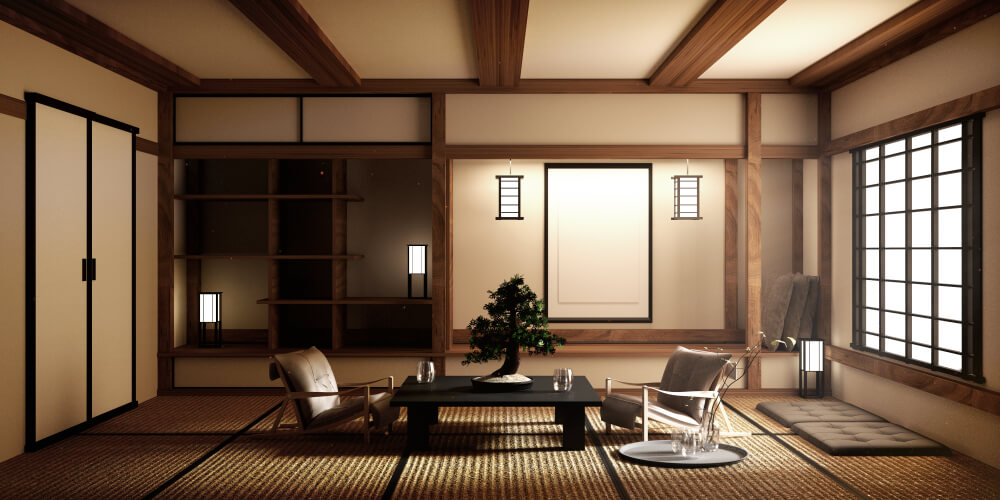
Rising from a painful history of the World War and natural disasters, Japan is forging new paths in house-building. Since wood is more environmentally friendly, consumes less energy and releases less carbon dioxide, it is still the primary building material for Japanese houses.
Today, components of Japanese houses are built in a factory and then assembled accordingly. Depending on the customisation of the house, wood is pre-cut and shipped to the location for quick assembling. Houses these days also have insulation and double pane windows.
Japanese engineers and architects are leaving no stone unturned in pushing the boundaries of technology. With the upgraded advancements in technology, they are designing resilient and disaster-proof houses. These skilled professionals are even experimenting with unconventional building materials whilst making optimal use of wood.
The Happy Side Effects
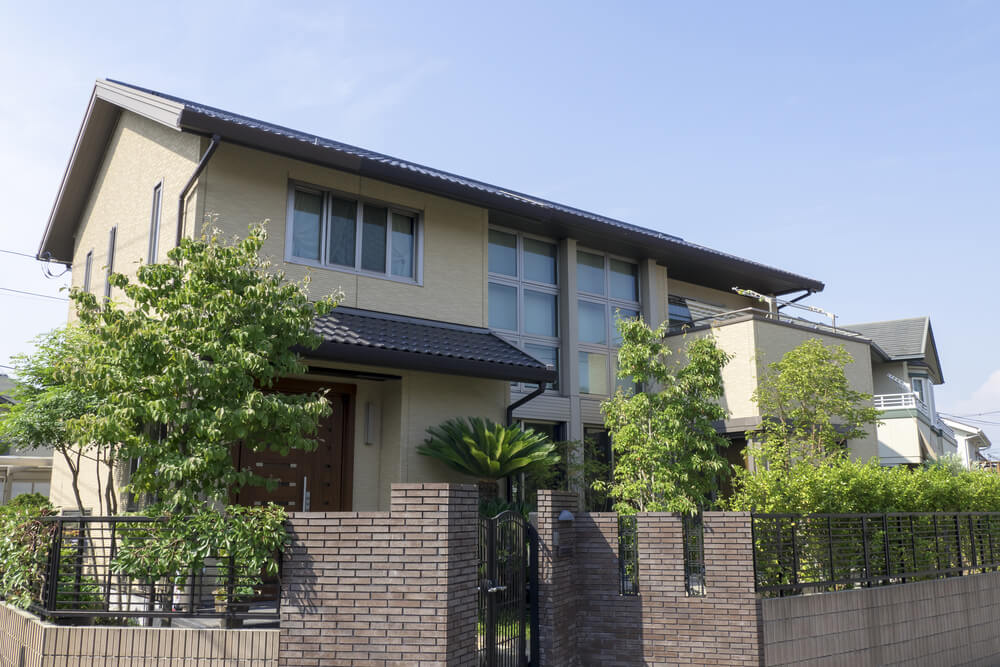
An average house in Japan starts depreciating from day one itself. It loses half its value in 10 years and depreciates over the next 25 years. While it’s a tragic reality of the country, there are some happy side effects.
Thanks to the “raze and rebuild” culture, Japan is now known for its architectural excellence. Contrary to the West, where house-designing is an expensive thing, in Japan, it’s not. Instead, most young architects here are designing small and inexpensive houses.
The magnetic beauty of this culture is that it teaches us all materialistic things are temporary. It also implies that you can design your house however you like without thinking about prospects. There’s no longer a design constraint because you don’t have to build in a way that appeals to future buyers.
Another benefit is that house buyers get more than a single shot at it. Unlike other countries where purchasing a house is a once-in-a-lifetime event, in Japan, homebuyers already know that this isn’t a thing and give complete creative freedom to the architects.
The Downsides to It
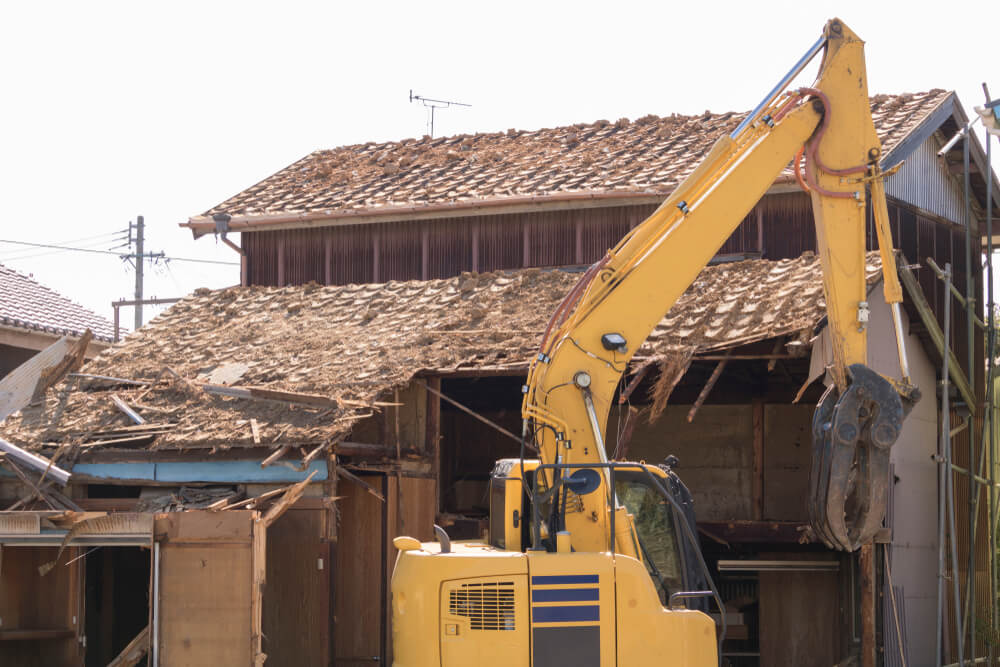
There are some serious drawbacks to Japan’s throwaway housing culture.
While the architects get to be their creative best, their work is short-lived. Additionally, if you spend thousands of Yens getting a house designed by a reputed architect, it’s of no use because it will be destroyed eventually. Not to forget the wastage that comes with constant demolitions.
It even encourages negligence in both house owners and architects. Knowing that the house has a limited life, builders can get away with shoddy practices, and house-owners disregard its upkeep. All of this affects the appearance of the Japanese towns, too, making them look bad or in poor shape.
What Does the Future Hold?
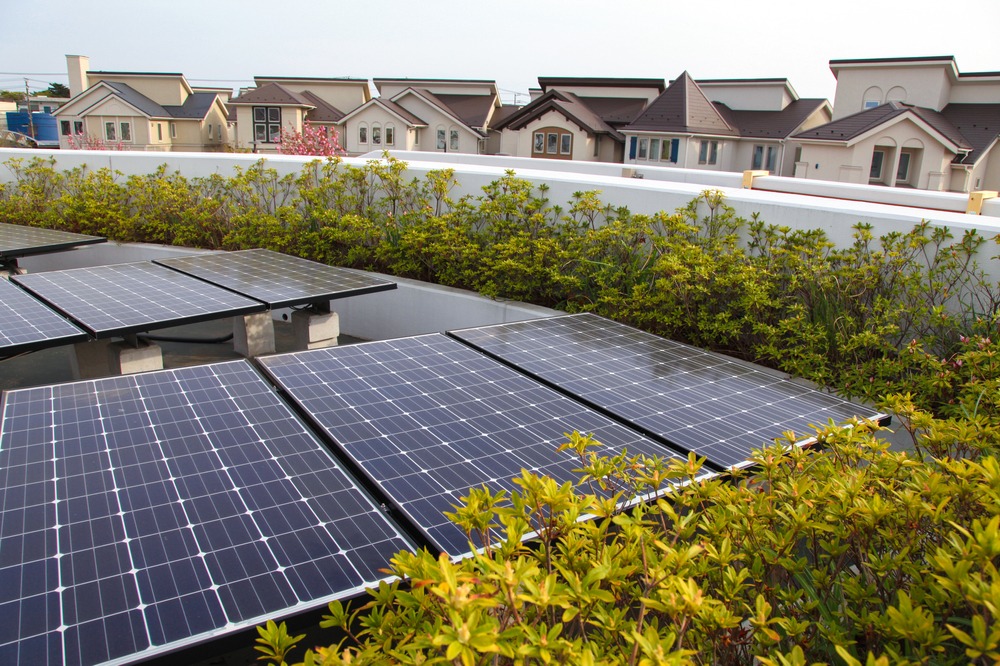
Japan is considered a pioneer in technology and innovation. However, in recent years, the country has started shifting its focus on sustainable development.
Japan’s residential architecture was previously built to last about 30 years only, but now the country is progressing towards building eco-homes. Combined with the latest innovations, these sustainable approaches will ensure that Japanese houses are ready for the future.
In 2014, the government introduced a new energy policy encouraging ZEH (Zero Net Energy Houses) to set the new house construction standard by 2030. Fusing the most innovative technology with its enigmatic beauty, Japan is paving the way for a greener tomorrow.


